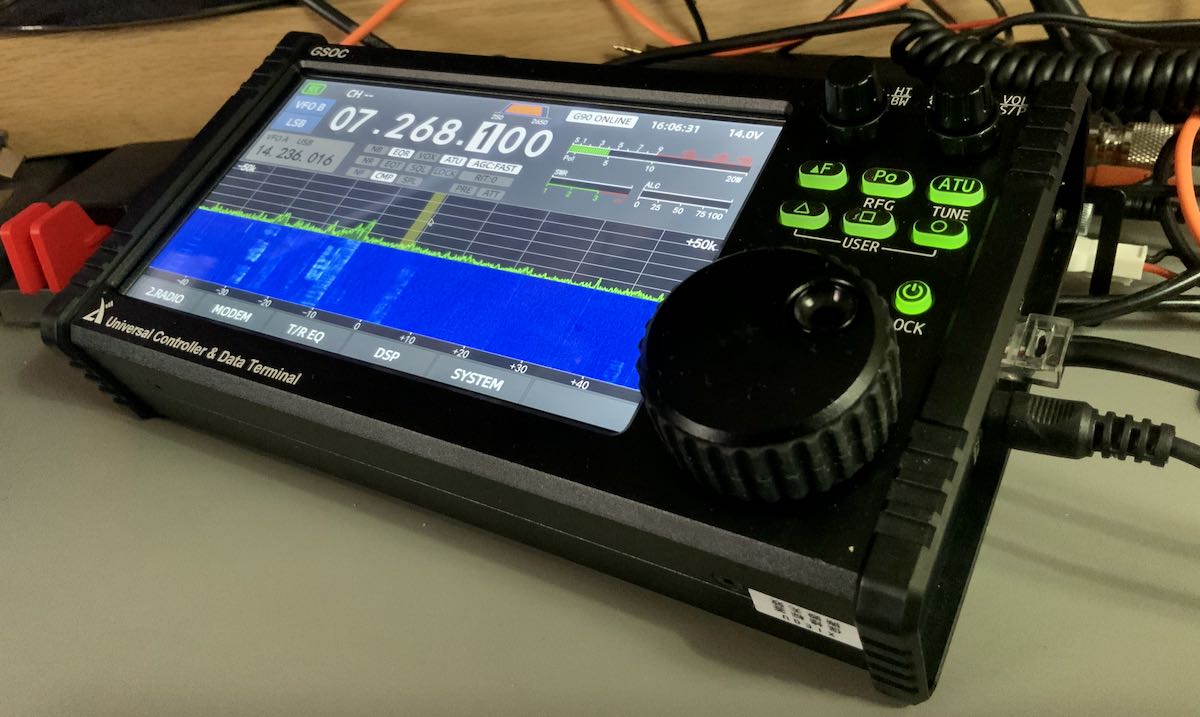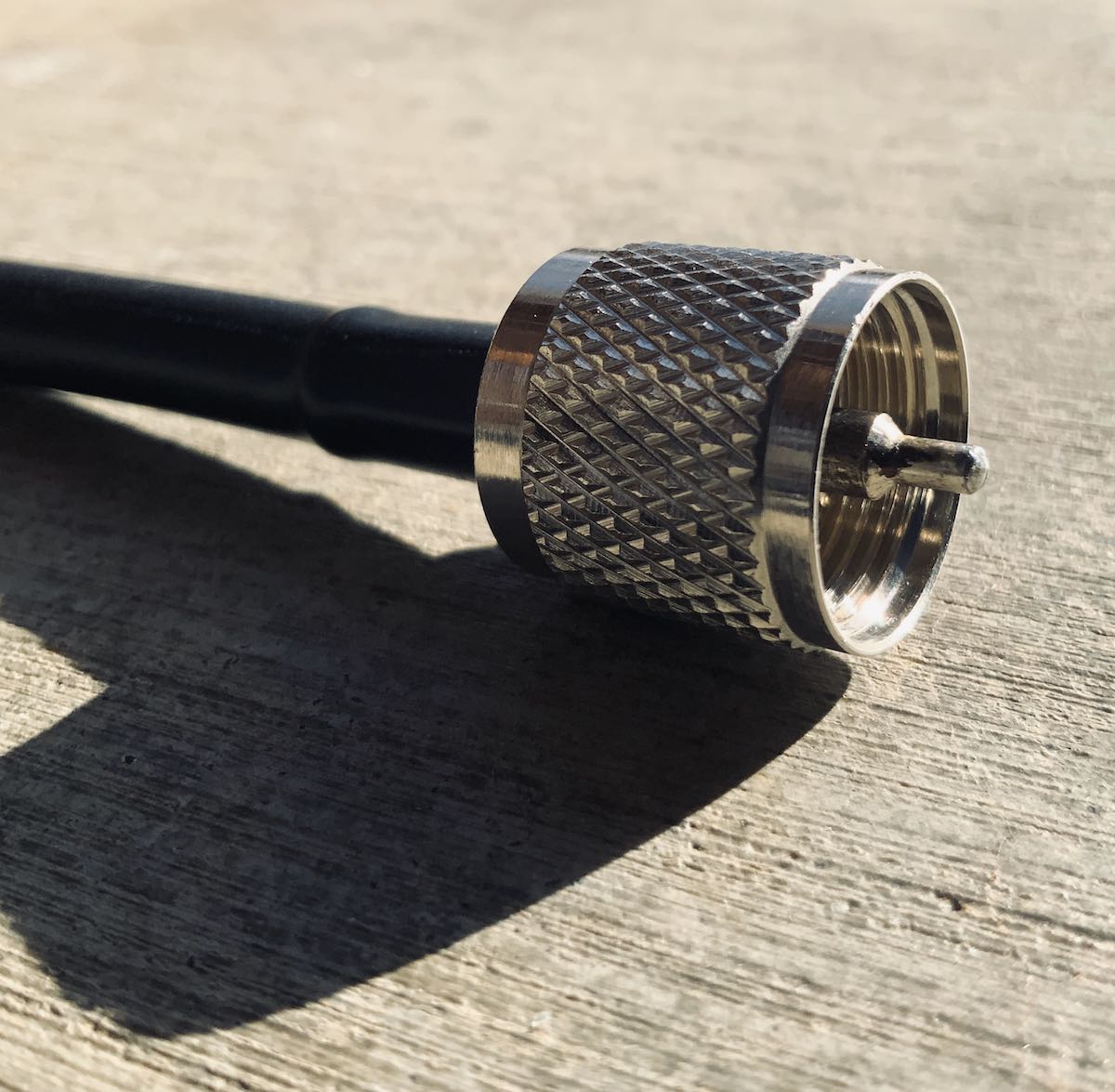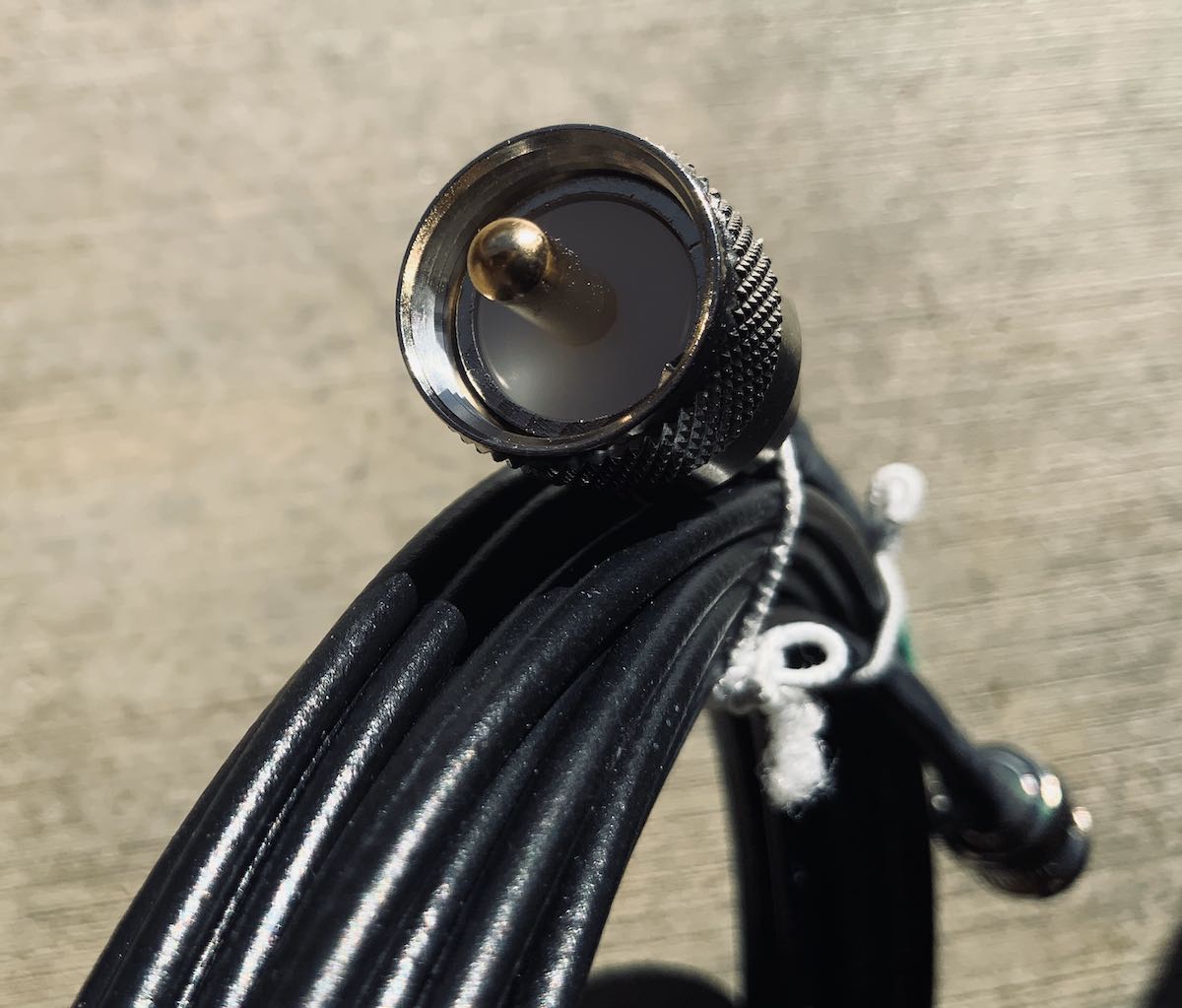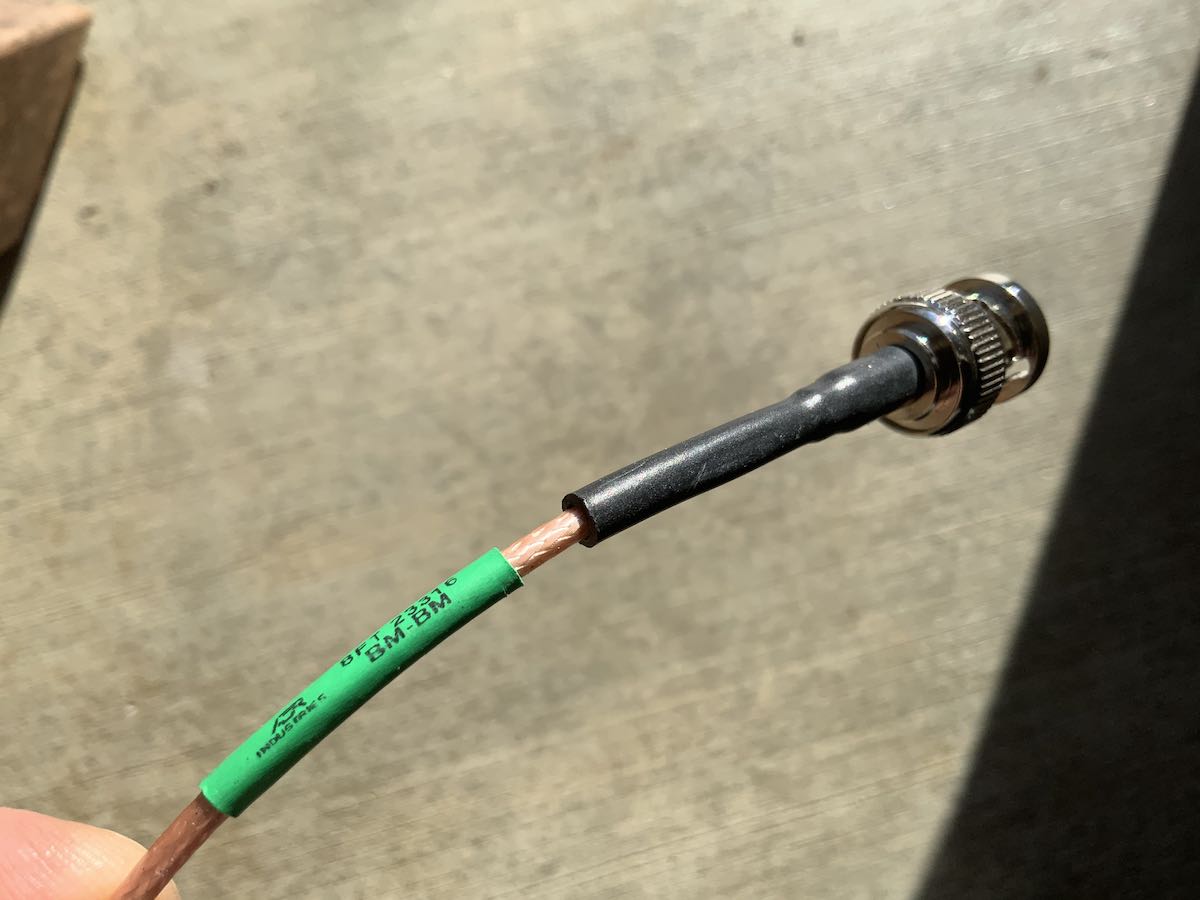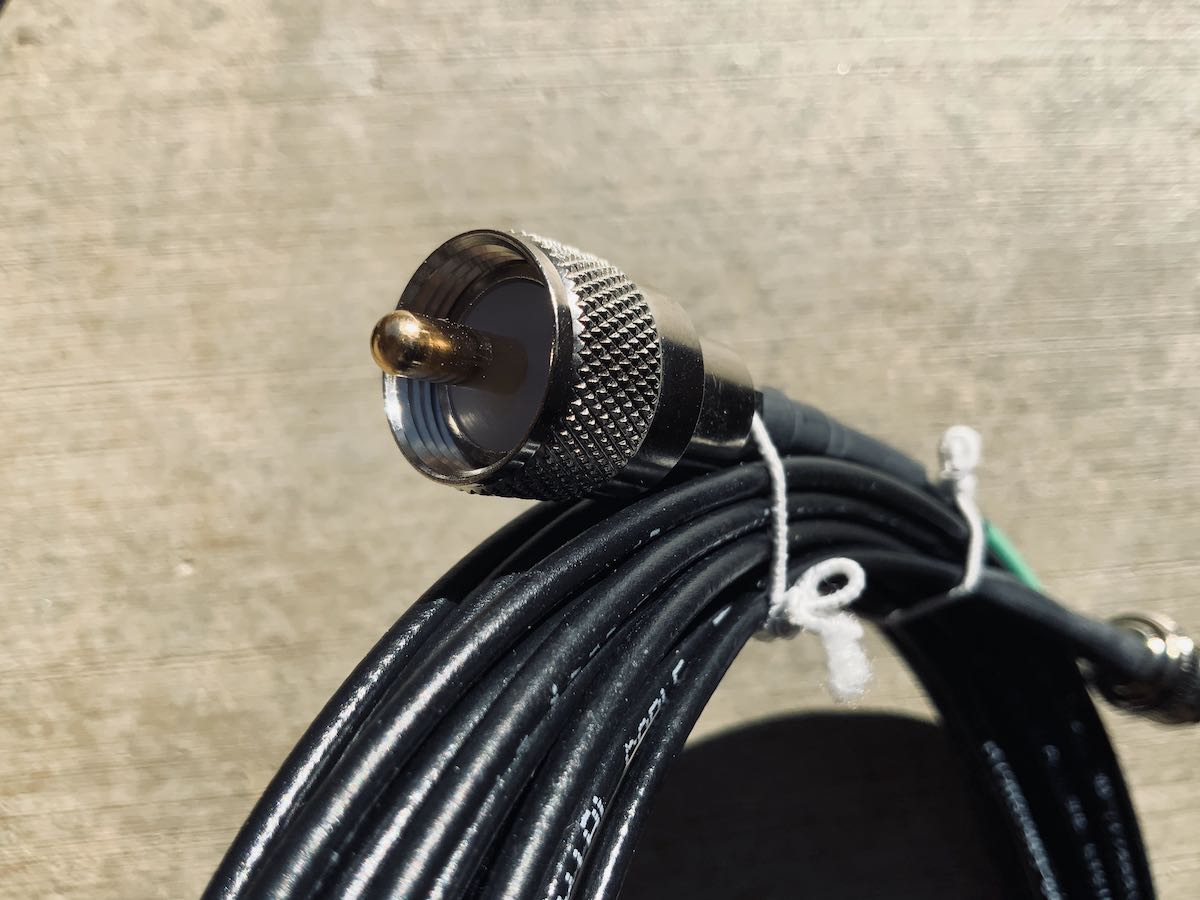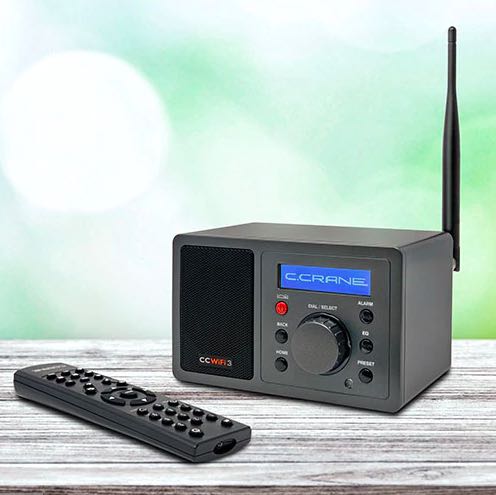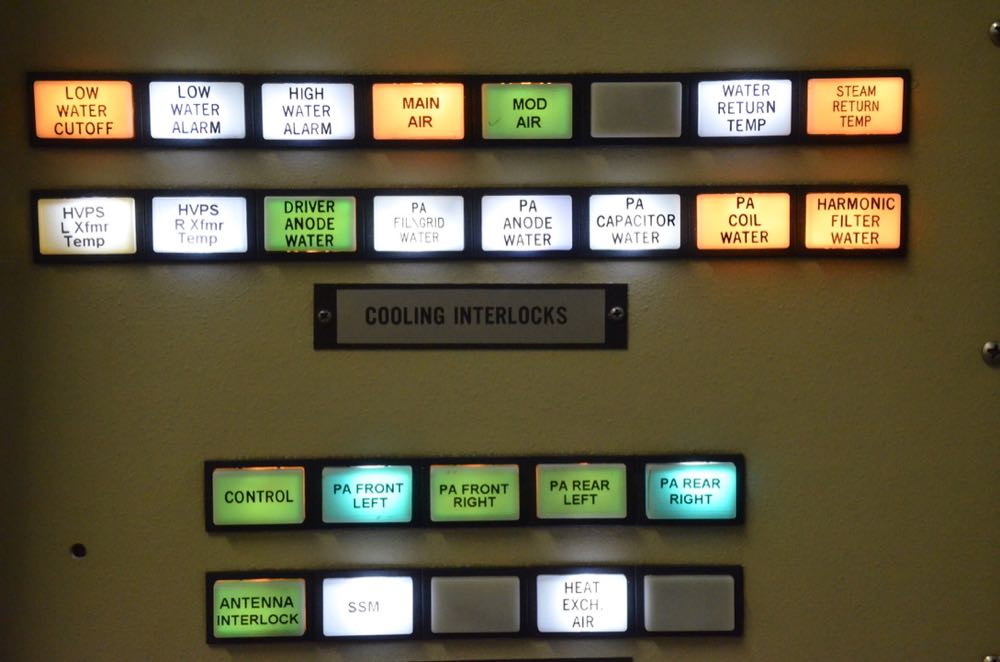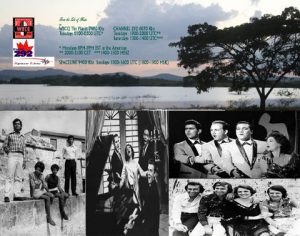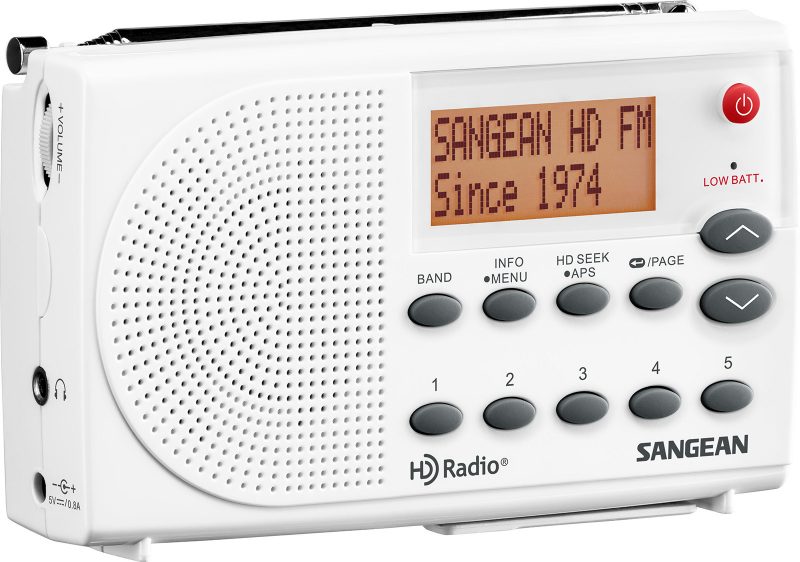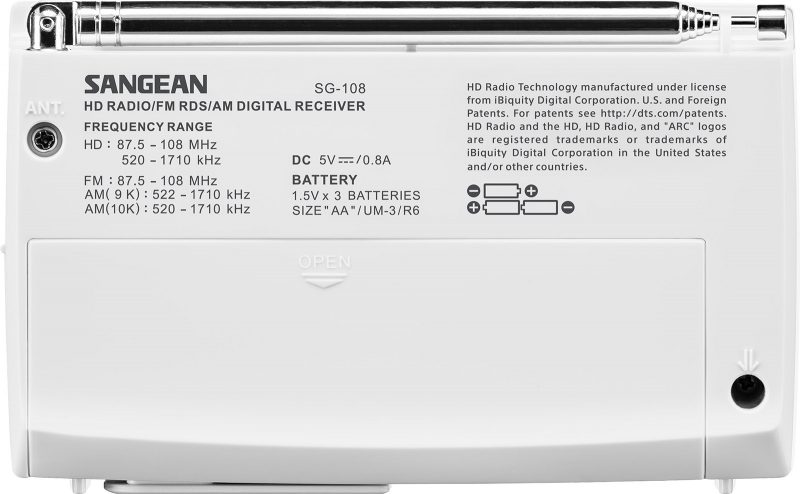Yesterday, I cleared my radio bench and performed a few firmware updates that were recently published for the Xiegu GSOC Controller and Xiegu G90.
Upgrading the Xiegu GSOC to the latest firmware version requires also upgrading the Xiegu G90 to take full advantage of the GSOC fixes.
I downloaded the G90 firmware, driver and upgrade tool, then read through the upgrade manual. The process is pretty straight-forward, but the G90 transceiver actually has two units to upgrade: the control head and the transceiver body. I successfully completed both with no errors from the firmware tool.
Next, I downloaded the 300MB+ GSOC upgrade which is essentially an entire Linux operating system. I flashed it to a 16GB MicroSD card, inserted it in the GSOC and after turning it on it extracted and upgraded its OS. It’s an easy upgrade, but requires a MicroSD card and download time (especially if you’re like me and have a crummy rural internet connection). 🙂
GSOC v1.3
After I completed the upgrade, I connected the GSOC control head to the Xiegu G90 once again and turned it on.
The GSOC still takes a good 30 seconds to start up because it’s essentially loading a Linux OS.
Keep in mind there was one fix in particular I was looking forward to checking out: the CW latency issue.
CW latency
As I mentioned in my initial GSOC post, and also in the post after the first GSOC firmware update, the GSOC had been exhibiting sidetone latency that interfered with my ability to correctly send words and letters. In fact, it really made it impossible to send accurate code at speeds north of 11 WPM or so. Xiegu engineers tried to fix this after the first GSOC update, but it was still present. I suspected the GSOC CPU simply wasn’t fast enough to produce sidetone audio as the G90 body fed it a steady stream of dits and dashes. So far, my GSOC evaluation has pretty much been on hold because I’m unable to use CW mode.
I’m happy to note that Xiegu has now fixed the CW latency issue, but there’s a small caveat. I’ll explain…
In SSB, FM, or AM mode, for example, the GSOC produces audio via its internal speaker. This is also how it used to produce CW sidetone audio.
After the v1.3 firmware update, when you use CW mode, the audio will be produced by the G90 body. Not an elegant solution, but this does eliminate CW sidetone latency because the GSOC controller is effectively eliminated from the audio chain.
I connected the GSCO/G90 to a dummy load and tested CW which seemed to work fine. Then I hopped on the air and worked POTA activators in Ohio, Maryland and Indiana with no problem because I was essentially only using the G90 body (hence the same experience I had in my G90 review).
Honestly? This might not bother some ops, but it is a bit weird to use the GSOC on AM and SSB then switch to CW mode since the speaker audio moves from the GSOC to the G90 body. (If using headphones, I suppose you’ll have to unplug from the GSOC and plug into the G90.)
When I’ve had the GSOC in the shack, I’ve placed the control head on my table (which is the main operating position) then placed the G90 body about 2 feet away behind one of my PC monitors. With this setup, the audio jump to the G90 body is very noticeable.
This GSOC and G90 are both on loan from Radioddity, but if I owned the GSOC, I believe I’d connect an external speaker to the G90 to bring the audio closer.
It’s worth noting that If the “Modem” function is turned on in CW mode, the audio will be played via the GSOC (not the G90 body).
Noise on the spectrum display
Although it wasn’t noted in the firmware release notes, I had hoped they might have adjusted the IQ feed to help eliminate some ever-present noises on the spectrum display (which cannot be heard in the audio).
After I performed the update, the GSOC spectrum display seems to be somewhat “deaf.”
At least, I’m not able to see signals as I did moments before the upgrade. I can hear signals as I tune through the bands–and they sound fine–but I can’t see anything corresponding appropriately on the spectrum display or waterfall. I tried adjusting the default spectrum gain values but this doesn’t seem to help. I’ll try replacing out the IQ cable, but again I doubt this will have an effect because I’m sure it’s associated with the update.
If I tune to the broadcast bands, I can see strong AM signals in the spectrum, but it seems weaker SSB and CW signals are lost.
I haven’t seen other GSOC owners report this yet, so must assume it’s an issue with my particular unit and possibly a glitch from the firmware updates? I will contact the manufacturer and see if this can be sorted out.
Summary
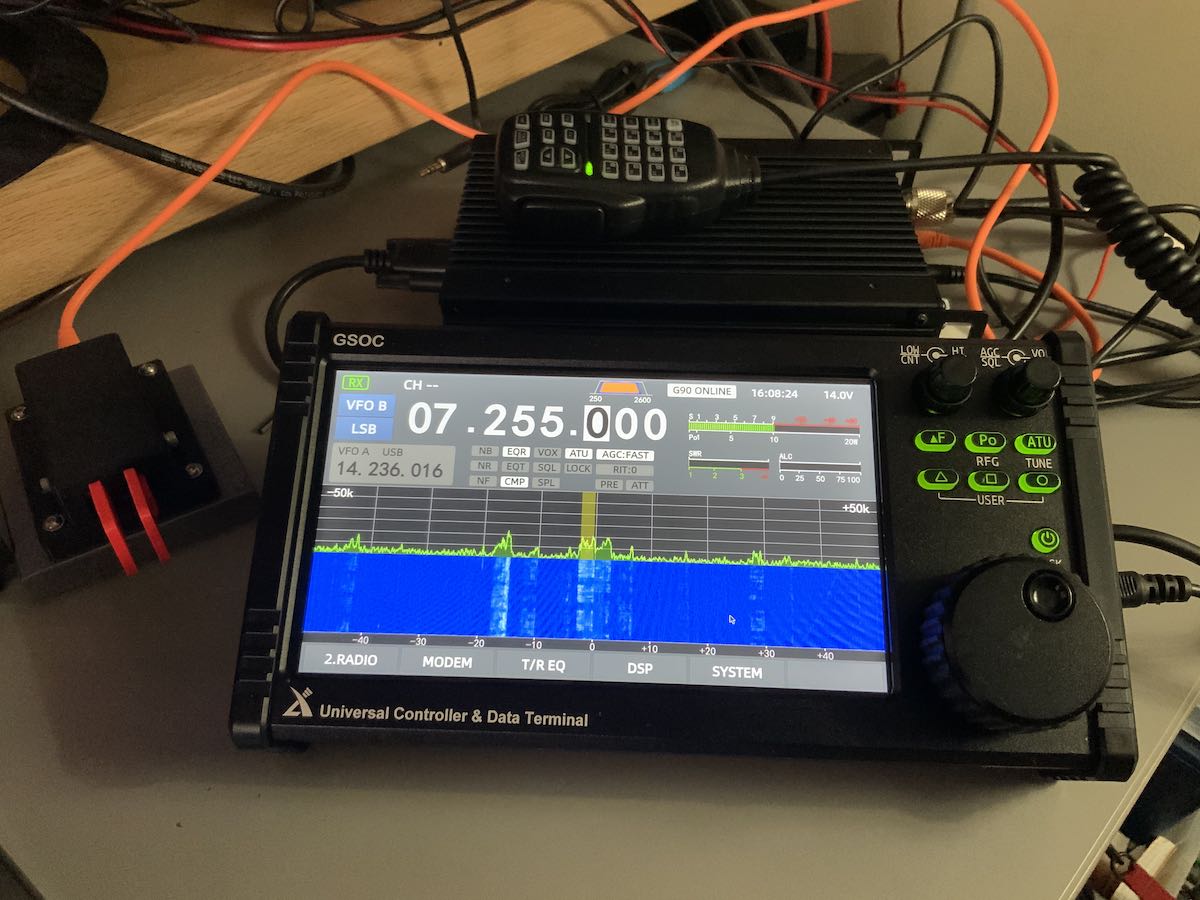 The v1.3 firmware update also added a Bluetooth serial port, tweaked AGC algorithms, and added the ability to perform a full reset from the GSOC system menu. There are still some missing anticipated features like direct audio recording to the MicroSD card.
The v1.3 firmware update also added a Bluetooth serial port, tweaked AGC algorithms, and added the ability to perform a full reset from the GSOC system menu. There are still some missing anticipated features like direct audio recording to the MicroSD card.
If I’m being perfectly honest, though, the GSOC still feels like a product in Alpha or Beta testing–not one in production. The CW sidetone issue would have been discovered if Xiegu had even one Beta tester attempt a few CW contacts prior to production. Spectrum display noise would have also been found. In addition, most promised features should have been on the unit from day one and some–like the notch filter–should have functioned properly. The whole unit feels rushed and not yet ready for prime time.
I personally much prefer using the Xiegu G90 as-is, without the GSOC controller. It’s not an Icom IC-7300 or even a Yaesu FT-891 for that matter, but it’s a very budget-friendly, full-featured field radio that sets a benchmark for its $425 US price. While I’m not a huge fan of the G90’s audio, it’s perfectly fine for field use and normal operation.
I’m undecided if I’ll continue reviewing the GSOC at this point–I may simply send it back to Radioddity who–very much to their credit–has embraced my criticisms of this unit. At present, the GSOC and G90 are living in their shipping boxes until I pull them out to perform upgrades, test them, then put them back in the boxes. Not how it should be. When I review new gear, I’m usually eager to put it in full service in my shack and in the field. Frankly, I just feel like the GSCO and G90 take up too much space and are in the way of radios I prefer using.
Are you a Xiegu GSOC owner? What are your thoughts? Please comment.

